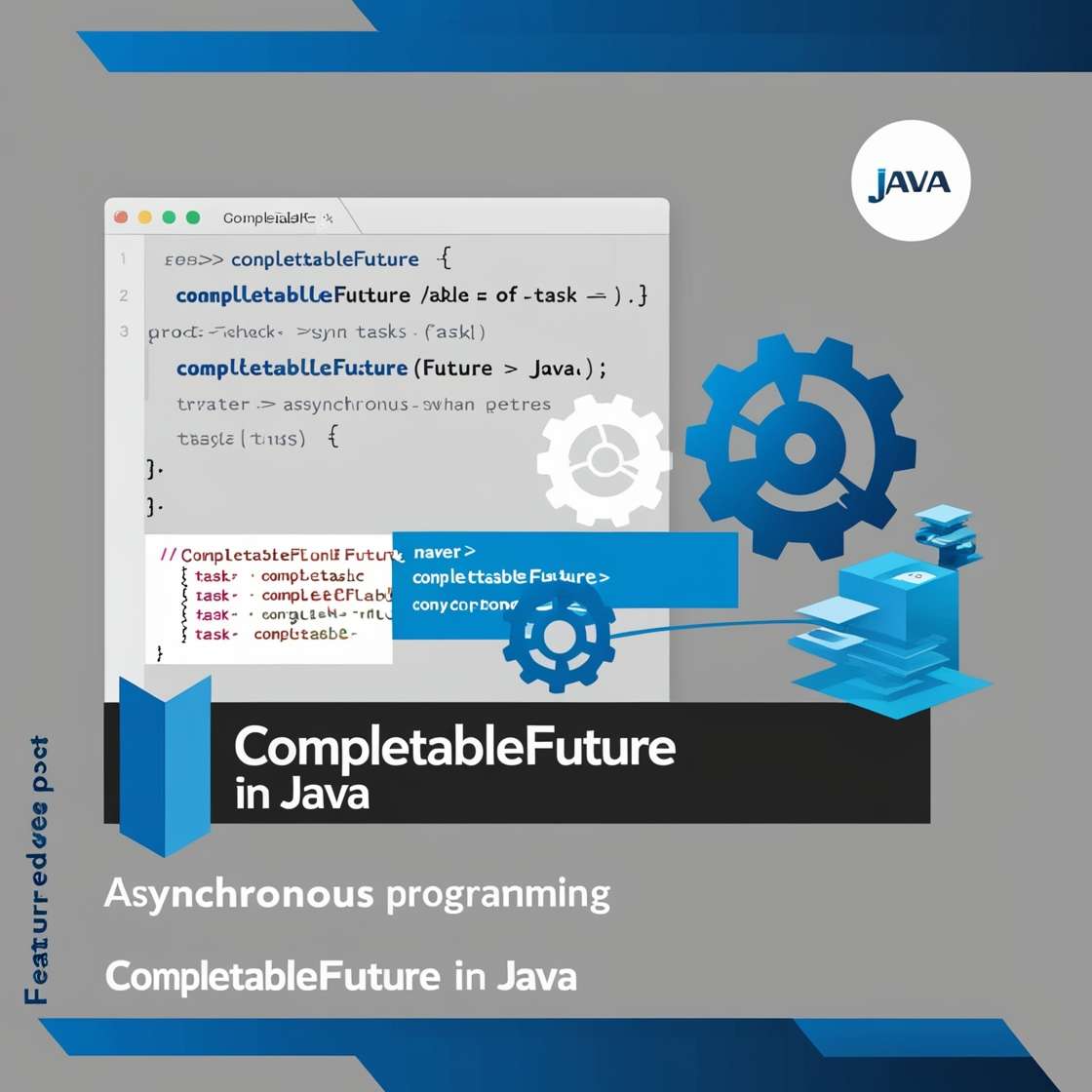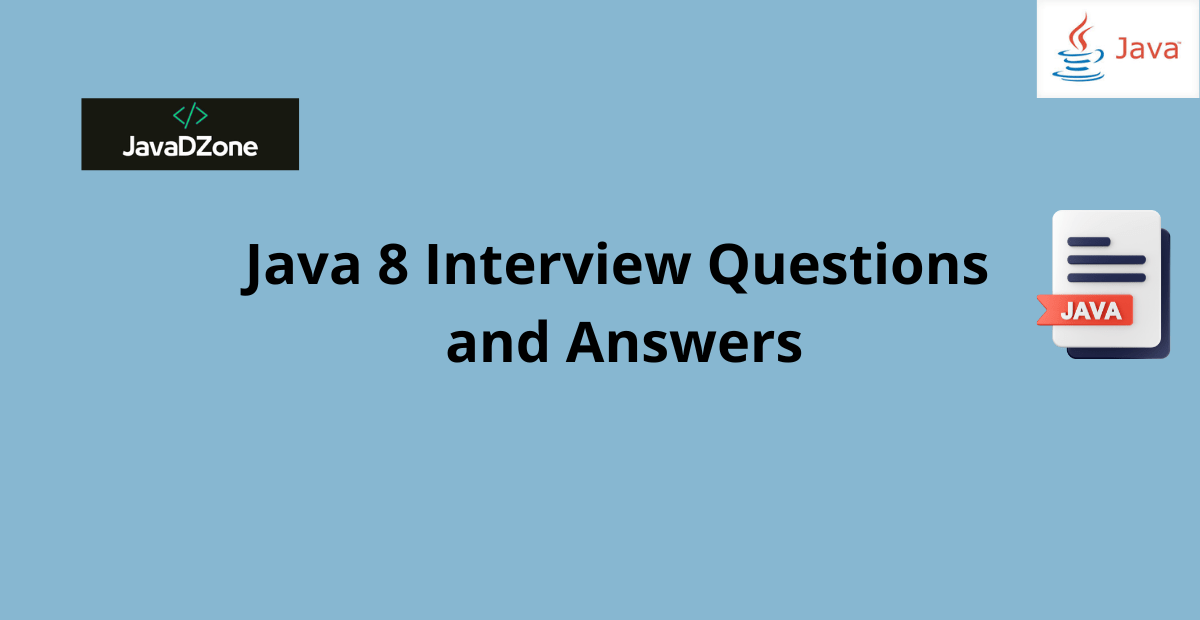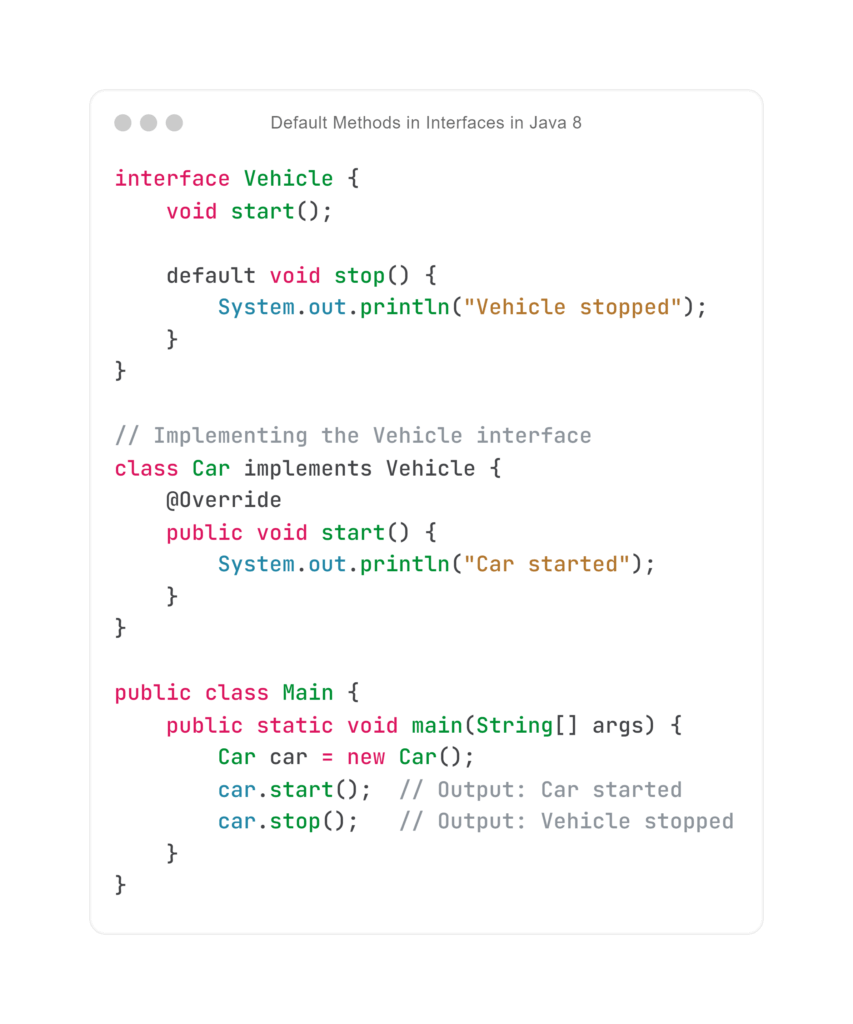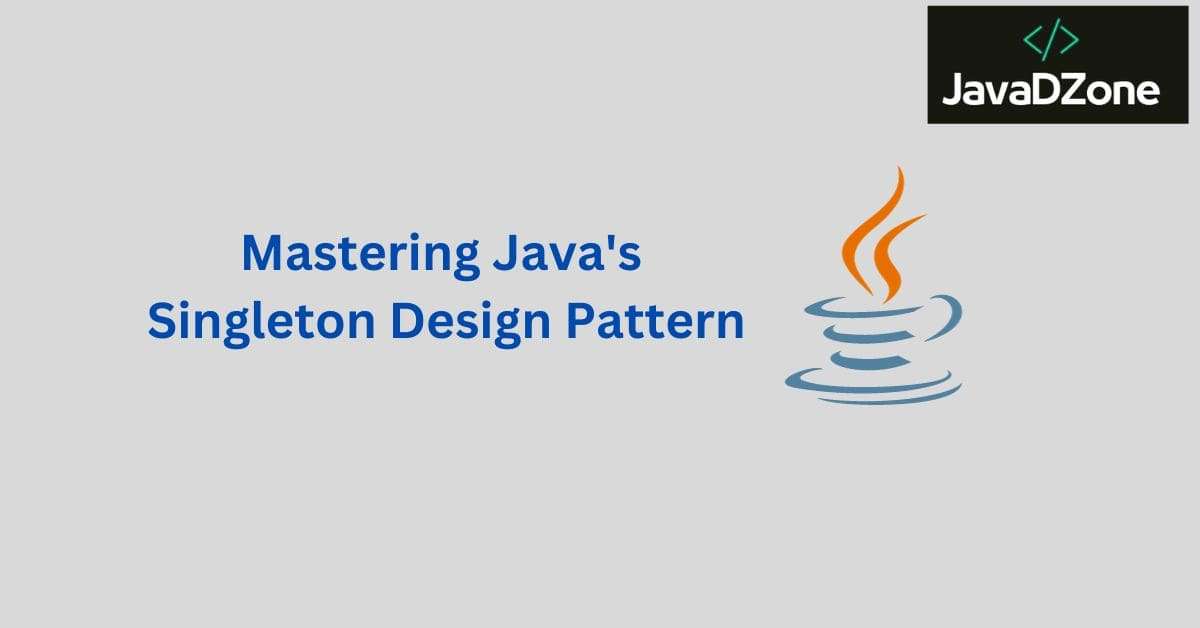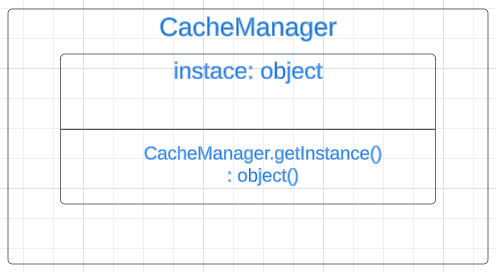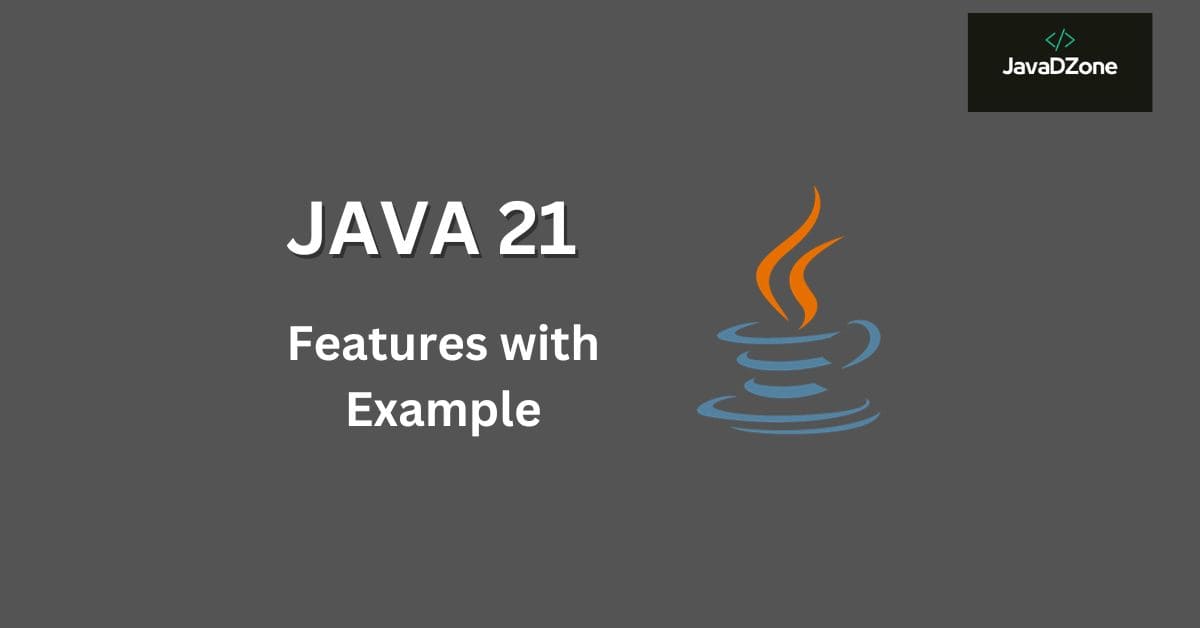Java 21, released in September 2023, is a Long-Term Support (LTS) release that brings a wealth of new features and improvements to the Java ecosystem. As an LTS version, it’s designed for stability and long-term use, making it a critical update for developers building robust, scalable applications. This blog post dives into the most practical and exciting features of Java 21 Features, with detailed explanations, code examples, and tips to help you leverage them effectively. Whether you’re a seasoned Java developer or just starting out, this guide will help you understand how Java 21 can enhance your projects and boost productivity.
Why Java 21 Matters for Developers
Java 21 introduces features that improve developer productivity, code readability, and application performance. From virtual threads to enhanced pattern matching, these updates make Java more modern and competitive with other programming languages. By mastering these features, you can write cleaner, more efficient code and stay ahead in the fast-evolving world of software development. Let’s explore the key features, their practical applications, and how they can make your code stand out.
Key Java 21 Features Covered in This Post
- Virtual Threads (JEP 444)
- Record Patterns (JEP 440)
- Pattern Matching for Switch (JEP 441)
- Sequenced Collections (JEP 431)
- String Templates (JEP 430)
- Generational ZGC (JEP 439)
These features are designed to address real-world development challenges, and we’ll provide actionable examples to show you how to use them effectively.
1. Virtual Threads (JEP 444): Simplifying Concurrent Programming
What Are Virtual Threads?
Virtual threads, introduced via Project Loom, are lightweight threads managed by the JVM rather than the operating system. Unlike traditional platform threads, virtual threads are inexpensive to create and can handle thousands or even millions of concurrent tasks without significant overhead. This makes them ideal for building highly scalable, concurrent applications like web servers or microservices.
Why It’s Practical
Virtual threads simplify concurrent programming by allowing developers to write code in a familiar, sequential style while achieving the performance benefits of asynchronous programming. They’re particularly useful for I/O-intensive applications, such as handling HTTP requests or database queries, where traditional threads might block and consume resources.
Code Example: Using Virtual Threads
Here’s a practical example of using virtual threads to handle multiple HTTP requests concurrently:
import java.util.concurrent.Executors;
public class VirtualThreadExample {
public static void main(String[] args) {
try (var executor = Executors.newVirtualThreadPerTaskExecutor()) {
for (int i = 0; i < 1000; i++) {
executor.submit(() -> {
// Simulate an I/O-bound task, e.g., fetching data from an API
System.out.println("Task running on virtual thread: " + Thread.currentThread());
try {
Thread.sleep(1000); // Simulate network delay
} catch (InterruptedException e) {
e.printStackTrace();
}
});
}
}
}
}
Benefits
- Scalability: Handle thousands of concurrent tasks without exhausting system resources.
- Simplicity: Write straightforward code without complex asynchronous APIs like
CompletableFuture. - Performance: Reduced overhead compared to platform threads, ideal for high-throughput applications.
2. Record Patterns (JEP 440): Streamlining Data Processing
What Are Record Patterns?
Record patterns, an enhancement to Java’s record types introduced in Java 16, allow you to deconstruct record objects directly in pattern-matching constructs like instanceof or switch. This feature simplifies working with data-heavy objects by reducing boilerplate code and improving readability.
Why It’s Practical
Record patterns are a game-changer for applications that process complex data structures, such as JSON processing, domain modeling, or event handling. They make your code more expressive and less error-prone by eliminating manual field access.
Code Example: Using Record Patterns
Consider a Point record and how you can use record patterns with instanceof:
record Point(int x, int y) {}
public class RecordPatternExample {
public static void main(String[] args) {
Object obj = new Point(5, 10);
if (obj instanceof Point(int x, int y)) {
System.out.println("Point coordinates: x=" + x + ", y=" + y);
}
}
}
Benefits
- Reduced Boilerplate: No need for explicit casting or field accessors.
- Improved Readability: Code is more concise and focused on logic.
- Type Safety: Pattern matching ensures compile-time checks, reducing runtime errors.
3. Pattern Matching for Switch (JEP 441): Cleaner Control Flow
What Is Pattern Matching for Switch?
Pattern matching for switch, finalized in Java 21, allows you to use patterns directly in switch statements and expressions. This feature extends pattern matching to handle complex data types, such as records or sealed classes, in a concise way.
Why It’s Practical
This feature eliminates verbose if-else chains and traditional switch statements, making code more readable and maintainable. It’s especially useful in scenarios like processing polymorphic data or handling API responses.
Code Example: Using Pattern Matching in Switch
Here’s how you can use pattern matching in a switch expression with a sealed interface:
sealed interface Shape permits Circle, Rectangle {}
record Circle(double radius) implements Shape {}
record Rectangle(double width, double height) implements Shape {}
public class SwitchPatternExample {
public static double calculateArea(Shape shape) {
return switch (shape) {
case Circle(var radius) -> Math.PI * radius * radius;
case Rectangle(var width, var height) -> width * height;
default -> throw new IllegalArgumentException("Unknown shape");
};
}
public static void main(String[] args) {
Shape circle = new Circle(5.0);
Shape rectangle = new Rectangle(4.0, 6.0);
System.out.println("Circle area: " + calculateArea(circle));
System.out.println("Rectangle area: " + calculateArea(rectangle));
}
}
Benefits
- Concise Syntax: Reduces complex conditional logic to a single
switchexpression. - Type Safety: Ensures all cases are handled at compile time.
- Extensibility: Works seamlessly with sealed classes and records.
4. Sequenced Collections (JEP 431): Unified Collection Access
What Are Sequenced Collections?
Sequenced collections introduce a new interface, SequencedCollection, that provides a unified way to access elements in collections with a defined order (e.g., lists, deques, and sorted sets). It includes methods like getFirst(), getLast(), addFirst(), and addLast().
Why It’s Practical
This feature standardizes collection operations, making code more consistent across different collection types. It’s particularly useful for algorithms that rely on ordered data, such as queues or stacks.
Code Example: Using Sequenced Collections
Here’s how you can use a sequenced collection with a LinkedList:
import java.util.LinkedList;
import java.util.SequencedCollection;
public class SequencedCollectionExample {
public static void main(String[] args) {
SequencedCollection<String> list = new LinkedList<>();
list.addFirst("Apple");
list.addLast("Banana");
list.addFirst("Orange");
System.out.println("First: " + list.getFirst()); // Orange
System.out.println("Last: " + list.getLast()); // Banana
System.out.println("Reversed: " + list.reversed());
}
}
Benefits
- Consistency: Uniform methods across ordered collections.
- Simplicity: Intuitive methods for common operations like accessing the first or last element.
- Flexibility: Works with existing collection implementations.
5. String Templates (JEP 430): Safer and Cleaner String Interpolation
What Are String Templates?
String templates, introduced as a preview feature in Java 21, provide a safer and more readable way to embed expressions in strings. They replace traditional string concatenation and String.format() with a more intuitive syntax.
Why It’s Practical
String templates reduce errors in string construction, such as SQL injection or formatting issues, and improve code readability. They’re ideal for generating dynamic content like JSON, HTML, or SQL queries.
Code Example: Using String Templates
Here’s an example of creating a JSON string using a string template (note: this is a preview feature, so enable it with --enable-preview):
public class StringTemplateExample {
public static void main(String[] args) {
String name = "Alice";
int age = 30;
String json = STR."{ \"name\": \"\{name}\", \"age\": \{age} }";
System.out.println(json);
}
}
Benefits
- Readability: Cleaner syntax than concatenation or
String.format(). - Security: Built-in processors reduce risks like SQL injection.
- Flexibility: Custom template processors allow domain-specific formatting.
6. Generational ZGC (JEP 439): High-Performance Garbage Collection
What Is Generational ZGC?
Generational ZGC (Z Garbage Collector) enhances Java’s low-latency garbage collector by introducing generational memory management. It separates objects into young and old generations, optimizing memory allocation and collection for better performance.
Why It’s Practical
Generational ZGC is ideal for latency-sensitive applications, such as real-time systems or microservices, where pauses during garbage collection must be minimized. It improves throughput and reduces memory overhead.
How to Use It
Enable Generational ZGC with the following JVM flags:
-XX:+UseZGC -XX:+ZGenerational
Benefits
- Low Latency: Sub-millisecond pause times for garbage collection.
- Scalability: Handles large heaps efficiently.
- Ease of Use: Minimal configuration required for most applications.
Tips for Getting More Likes and Shares
To make this blog post more shareable and engaging:
- Use Visuals: Include diagrams or screenshots of code output to enhance understanding.
- Engage Your Audience: Add a call-to-action, e.g., “Have you tried Java 21’s virtual threads? Share your experience in the comments!”
- Social Media Optimization: Use hashtags like #Java21, #Programming, and #SoftwareDevelopment when sharing on platforms like X or LinkedIn.
- Internal Linking: Link to related posts on your blog, such as “Java 17 Features” or “Spring Boot with Java 21,” to keep readers engaged.
- Mobile-Friendly Formatting: Use short paragraphs, bullet points, and headings for better readability on mobile devices, as 53% of web traffic comes from mobile.
Conclusion: Start Coding with Java 21 Today!
Java 21’s features—virtual threads, record patterns, pattern matching for switch, sequenced collections, string templates, and generational ZGC—offer powerful tools to build modern, efficient, and scalable applications. By incorporating these features into your projects, you can write cleaner code, improve performance, and stay competitive in the development world.
Ready to dive into Java 21? Download the JDK from Oracle’s official site and start experimenting with these features. Share this post with your fellow developers to spread the word about Java 21’s capabilities, and let us know your favorite feature in the comments below!



